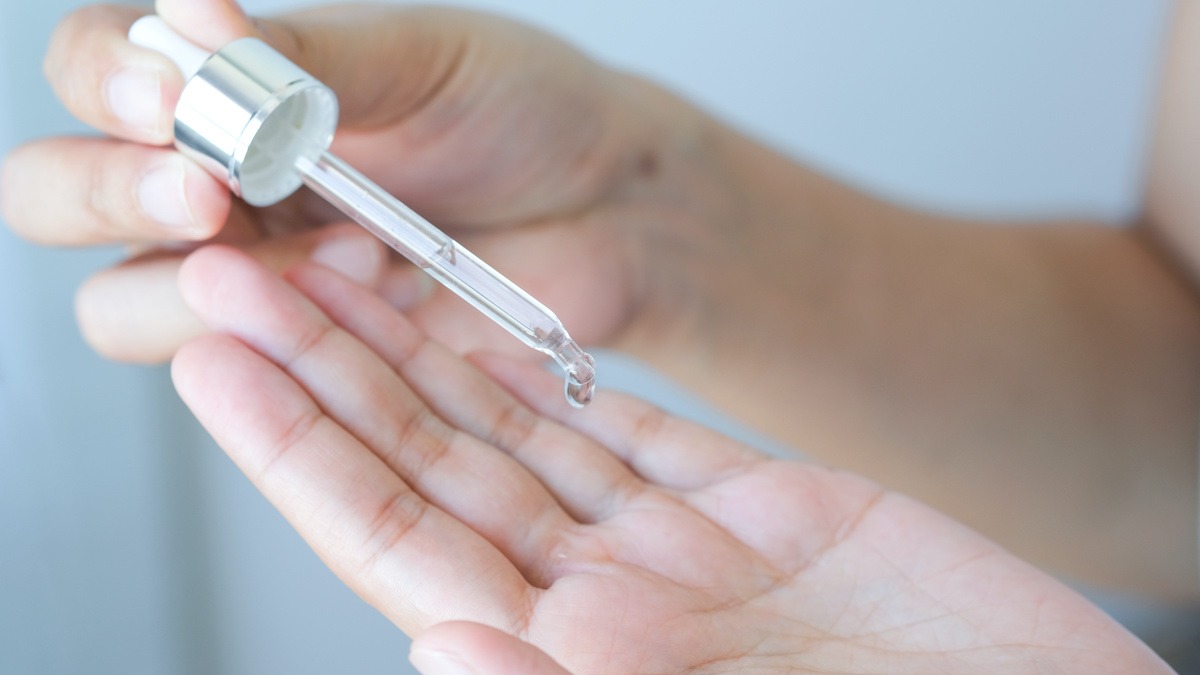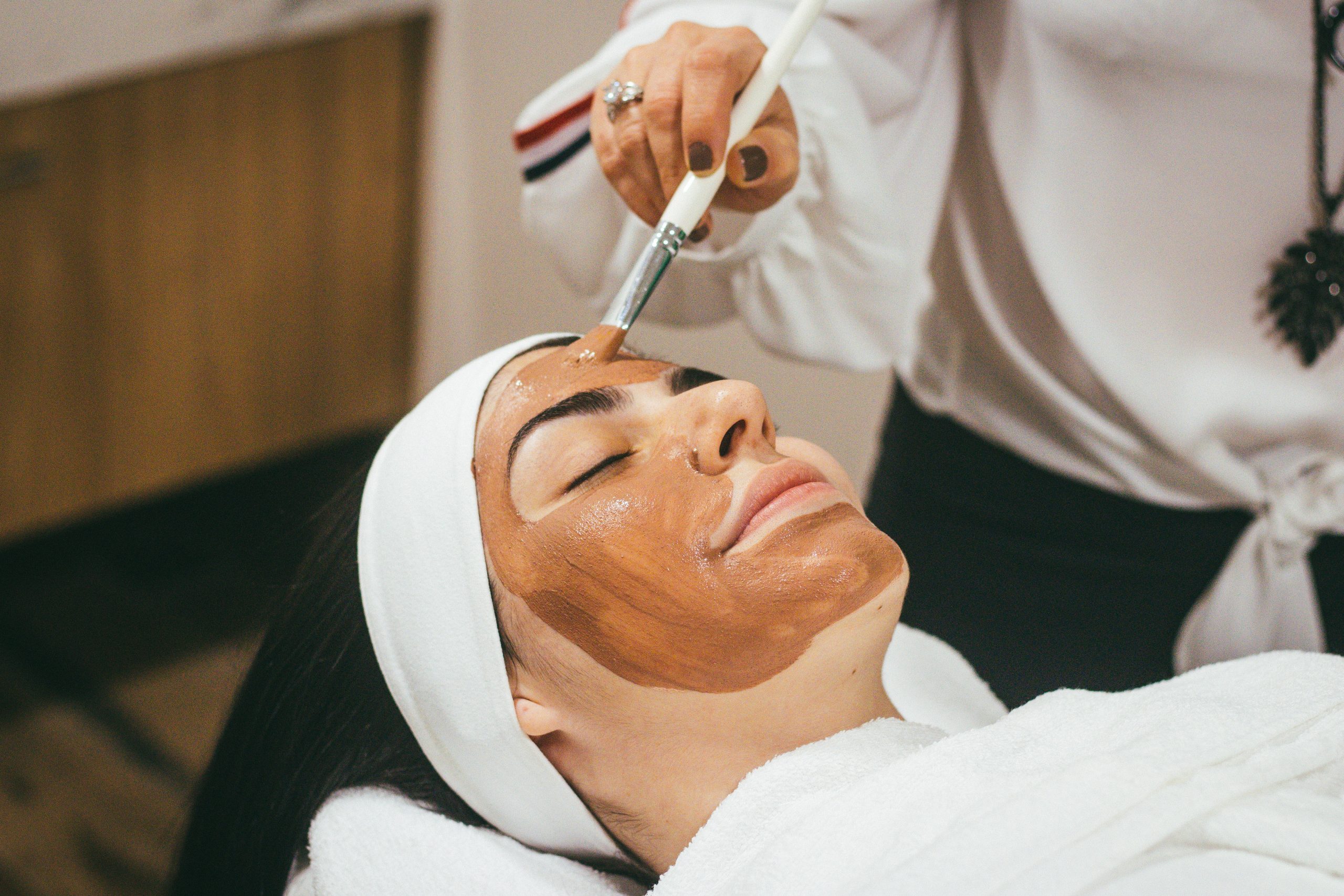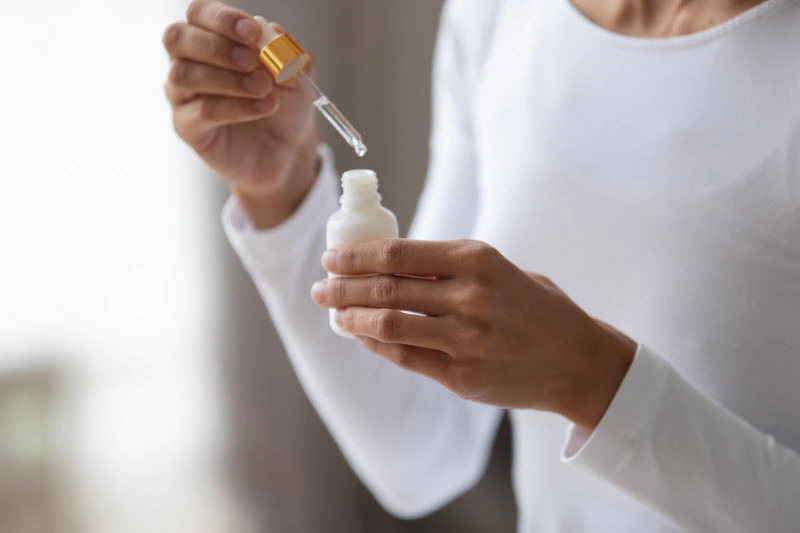Glycolic acid, an exfoliating ingredient, penetrates the skin well due to its small molecules. Dermatologists swear by it for anti-aging (and acne) purposes. Read on to know more!
What is Glycolic Acid?
AHAs (alpha-hydroxy acids, glycolic acid being one of them) are trendsetters and very effective for skin rejuvenation and acne-prone skin. Alpha-hydroxy acids, such as lactic acid and glycolic acid, and beta-hydroxy acids, such as salicylic acid, are staples in skincare. They exfoliate the skin and allow new skin to emerge.
What is essential for acids is their size, which means the size of their molecules. The smaller the molecule, the easier it is to penetrate the skin. Glycolic acid is the highest grade of acid, so you will be amazed at the results you can achieve with it. This is also why glycolic acid is most commonly used in dermatologists’ anti-aging products and peels. It helps to unclog pores and improve skin texture. It can also completely change the skin’s structure, making it radiant and smooth. It helps to regenerate collagen, thicken the epidermis and dermis, and even out the skin tone.
How Does Glycolic Acid Work on the Skin?
Glycolic acid has been called the holy grail of exfoliation, effectively removing the dead skin layer and leaving the skin clear and fresh. Products containing glycolic acid are often used to address visible signs of skin aging such as scars, skin discoloration such as pigmentation spots, and fine lines and wrinkles.
Regular use of a formula appropriate for your skin type can significantly improve acne problems and reduce fine lines and skin texture problems caused by sun exposure and aging.
When using glycolic acid, it is essential to use a high SPF to protect the skin from sunburn. Please note that the skin may be more sensitive to †UV rays. Also, the acid does not act like a retinoid (vitamin A). It repairs the skin by stimulating inflammation. Unlike scrubs, glycolic acid does not damage the skin by “rubbing” it in.
So, if you have sensitive skin, it is a wise choice to use acid. If you have sensitive skin, look for glycolic acid with amino acids that slow down its penetration into the skin. Allow time for the glycolic acid to take effect. You may experience temporary skin irritation, but this is not a problem; your skin may not react until the fourth day. Give it at least a month to see what effect the glycolic acid will have on your skin.

Glycolic Acid Peel
Glycolic acid acts as a peel, either mildly or strongly, depending on the formulation. Early exfoliating treatments with acids sometimes result in significant skin peeling, but this is no longer the case.
When glycolic acid dissolves the “cement” between skin cells, thousands of cells can be broken down at once. However, this repulsion remains invisible to the naked eye in good products. Using alpha-hydroxy acids and beta-hydroxy acids in the right concentration and combination can produce results without much irritation to the skin.
How To Use Glycolic Acid?
Acid products are only as strong as the free acid compounds suspended in them. If there are too many acid particles, the skin will burn and turn red. If there is too little acid, almost nothing happens. So, chemists manipulate the pH, which regulates the amount of free acid. The ideal pH is 3 to 4.
Some experts say that the skin should tingle for a few seconds when it is applied. When the acid penetrates the skin, you usually feel something. If the product is effective, your skin should feel fresh right away. The pH value also affects the percentage of glycolic acid.

4% Glycolic Acid Effect
Mild exfoliating action, useful for exfoliating facial cleansers for example.
4-10% Glycolic Acid Effect
Reduces signs of skin aging, fine lines and wrinkles. In addition, it dissolves the thickened layers of keratin and improves the skin texture. Finally, it also enhances the moisturizing properties of the epidermis.
20-40% Glycolic Acid Effect
This percentage is applied in chemical peels and is done by professionals. It reduces skin problems such as acne, wrinkles, and pigmentation.
Have you ever tried glycolic acid in your skincare? Share your experience with us in the comments below!

